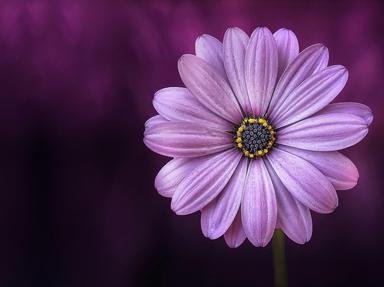
Common or Garden Variety Trivia Quiz
In my garden, in the South of England, I grow some common, low-maintenance plants. The complicated part is picking which variety to choose from the hundreds available. Can you help me sort out which type of plant fits with the different varieties listed?
A matching quiz
by emiloony.
Estimated time: 4 mins.